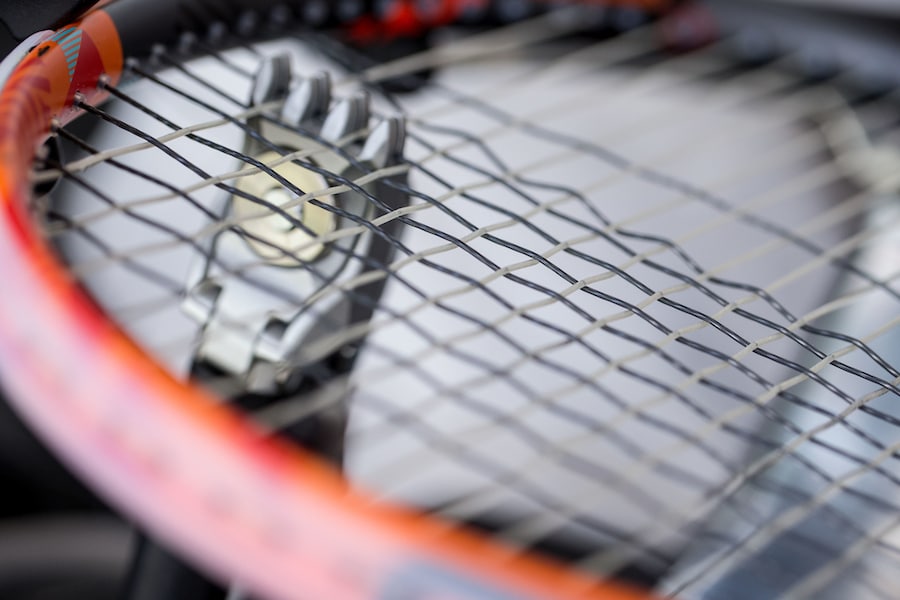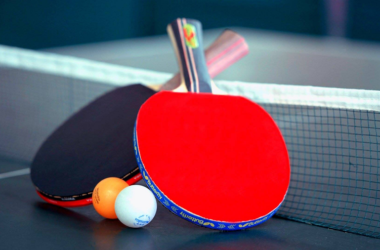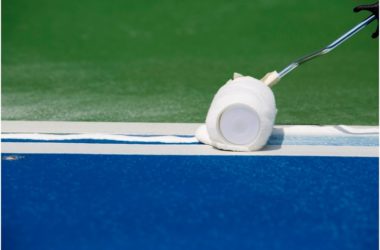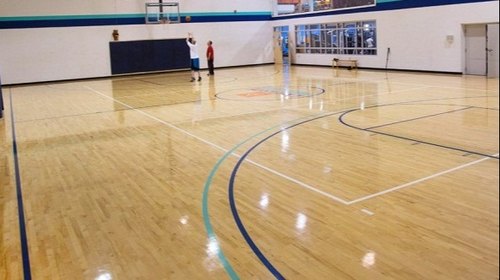Tennis Strings often have an impact on how a racket play. Two identical rackets with different strings will play very differently. Bear in mind that the ball strikes the string bed, not the frame! And if you have more than one frame, it is critical to keep the frames and their stringing tension constant while stringing your rackets in order to maintain the same playing characteristics. Stringing frequency will also be determined by the number of times you play each week. The more often you play, the more frequently your rackets should be strung.
It may be sufficient to string once a year if you play once a week or say twice a year if you play twice a week. However, it is not a rule of thumb as frequency of stringing depends on many other factors also including level of play, type of string etc. Restringing of rackets is generally recommended if you do not break strings throughout the indoor and outdoor seasons. Restringing your racket before each season ensures that it is in good condition to play.
What tennis strings are suitable for me?
It is really easy to find a best tennis string, if you are aware about the technology used in making the tennis string, type of them and how can you leverage as per your level of play.
So, to begin with, one needs to grasp tennis string technology. Then the appropriate judgement about the player’s best course of action may be taken. Allow us to assist you in selecting the optimal strings for your game.
Types of Tennis Strings
1. Polyester Strings
Polyester strings are designed for players who often break strings and hit with a lot of spins. These strings are coated in a slippery material that enables them to quickly ‘snap back’ to their original position. Strings may be manufactured with a variety of angles, not just round, to aid in improving the movement of the strings, resulting in greater spin and less friction burn. Friction burn happens when the main and crosses rub against one another, ultimately resulting in their failure. The second disadvantage of polyester is that it loses its tension quickly. Ten to fifteen hours of gaming typically results in the release of tension.
2. Natural Gut
The second kind of Tennis Strings would be referred to as ‘natural gut’. The amazing feel, tension retention, extended ‘dwell time,’ and great comfort on the arm are all features of this natural fiber string. The disadvantage of the string is that it is temperamental under adverse weather conditions, and the price may discourage people from buying it.
3. Multifilament Strings
Another kind of string is multifilament, which has a similar feel to the natural gut but is composed of nylon strands. These strings are made up of hundreds of fibers, which give them a soft feel and enable them to retain their tension for an extended period of time. Because the strings are softer, they allow for a greater ‘cupping’ of the ball and trampoline effect, which results in more power on your strokes.
4. Synthetic Gut
Another kind of string that provides feel and durability is the synthetic gut. Due to the fact that this kind of string is not as soft as a multifilament due to the presence of a central core, it is mostly used by players who want the string to last longer and be more cost-efficient. Frequently, players that use this kind of string are not very selective in choosing their string. This kind of string is available in a wide range of colors and is manufactured by a greater number of producers.
Sum Up
In this short article we have tried to clear out the major aspects of choosing a right tennis string, hope you will find it handy. If you have any questions, do let us know in the comment box below, we are here to help!
















